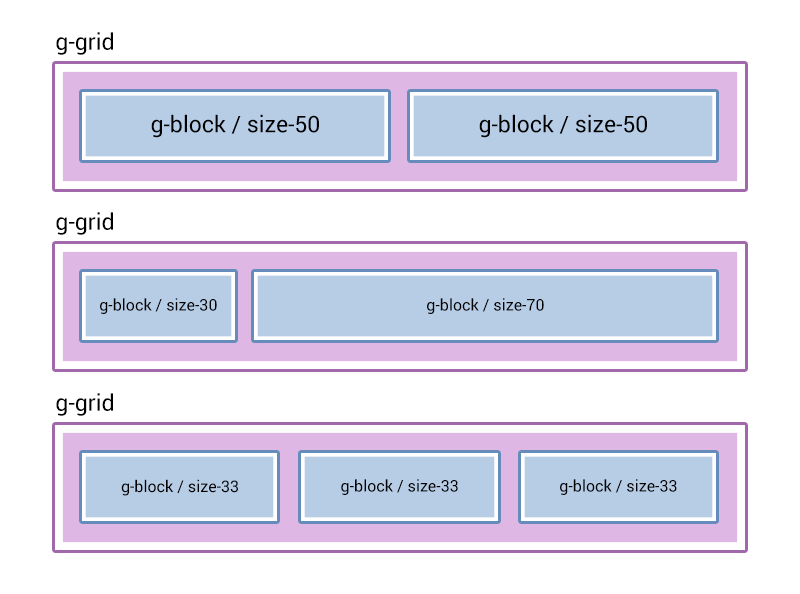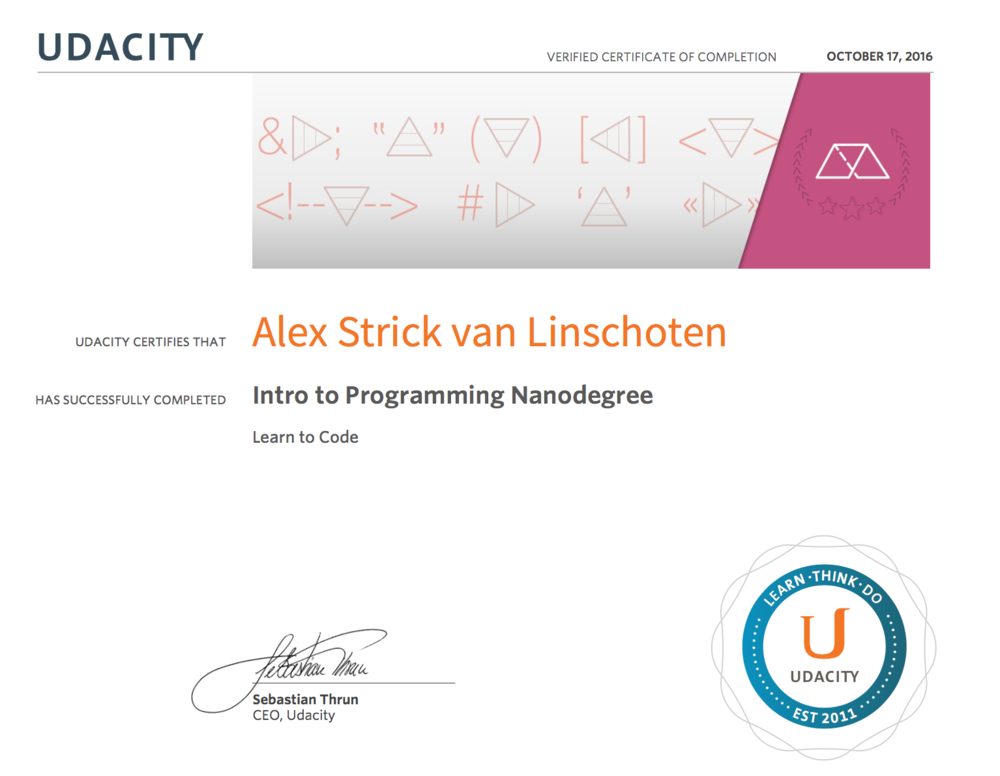
A minimal website design is one that features only non-obtrusive graphic elements and typography. The key element of this style is choosing the right typeface. Your site's overall design should reflect your choice. You should consider the audience you are targeting and how easy it is to read. Below are some helpful tips if you have more questions. Contact us if you need help creating a minimalist website design.
White is preferred for minimalist website design
A minimalist design uses a color palette that is composed of two or more font families and one color. It should be clear about the importance of primary information and imagery, not cluttering web pages. Whitespace on a website will encourage users to concentrate on the content and avoid being distracted by irrelevant distractions. It forces web designers and developers to be more selective when using color. This ensures that the message is clear.
White space can make a website appear cleaner and more readable. It also highlights important elements like images and calls-to-actions. People tend to focus on the first page of a website. Therefore, you should put most of your information there and call-to actions there. Additionally, a white background allows users to recognize the most important parts of the design and read it all easily. A minimalist website design is best when it uses white.

Bright colors
Bright colors can have their benefits but they can also be detrimental to your website design. They should be used sparingly and in the most crucial places. They can help visitors adapt to the colors, and identify important calls to actions. It will amaze you at how appealing your website will become if you use bright colors to your advantage. Find out the best examples for minimal design that use bright colors.
Contrasting colors can be a great way for people to notice you. This website design is well-suited for combining colors. A bright yellow-green hue blends well with the black and gray backgrounds. The bright yellow draws the eye to the title, path up the mountain, and call-to-action buttons. These colors help to infuse your website with energy and enthusiasm. This design is sure to appeal to many people, so it should be used sparingly.
Hidden navigation
In minimalist website design, hidden navigation is very popular. This type of web design emphasizes the minimal use of navigation so that users can focus on other design elements like the call to actions, scheme, and card elements. The minimal navigation helps rebuild conversion and create better user interactions. Since the user doesn’t have to spend much time looking through pages, they are able to spot call-to–actions quickly.
Hide navigation buttons or links is another mistake that minimalist website designers make. Although this method is often effective, it can also lower user experience. Users unfamiliar with icons or links might get confused and become lost if they are unable to find the navigation elements. Hidden navigation is not the way to go. Sites that have a lot of content shouldn't use this method. Instead, keep the navigation elements visible. It is also a great way to optimize search engine results.

Typography
You've likely noticed that minimalist websites have simple fonts, and often they are black. The large logos and headlines on many websites can be overwhelming. However, bold type and small, easily read body text can make a big impact. Because typography adds an extra layer to dynamic visuals and white spaces, this is why it's so important. Every font has a distinct language, a personality and plays a particular role in the overall design.
While minimal websites can be minimalist, they still use a variety of color to evoke a sense of emotion and encourage users to engage with content. Good typography should not be distracting or create a cognitive burden for readers. Use a range of color in your minimal website design to help engage your visitors, while keeping the overall look simple and elegant. Bold type and images can evoke an emotion in your visitors, along with a range of colors.
FAQ
What is a static site?
Static websites are those where all content is stored on a web server and can be accessed by users via their web browsers.
The term "static" refers to the fact that there are no dynamic features such as changing images, video, animation, etc.
This type of site was originally developed for use in corporate intranets but has since been adopted by individuals and small businesses who want simple websites without the complexity of custom programming.
Because they are easier to maintain, static sites have been growing in popularity. Static sites are easier to maintain and update than fully-featured websites with multiple components (such as blogs).
They also tend to load faster than their dynamic counterparts. This makes them ideal for users on mobile devices or those with slow Internet connections.
Static websites are also more secure than dynamic ones. Static websites are much harder to hack than dynamic ones. Hackers only have access to the data that resides inside a database.
There are two main ways to create a static website:
-
Utilizing a Content Management System.
-
Creating a Static HTML Website
Which one you choose depends on your requirements. A CMS is my recommendation if your first website was created.
Why? Because you have complete control over your website. You don't need to hire someone else to help you set it up. Upload files directly to the CMS.
You can still learn code and create static sites. However, you will need to put in some time to learn how to program.
What does it mean to be a UI designer
The interface design team for software products is called a user interface (UI). They are responsible to design the layout and visual elements for an application. Graphic designers may also be part of the UI designer.
The UI Designer should be able to identify problems and solve them.
A UI Designer should have a passion in technology and software design. He/she should be familiar with all aspects in the field, from creating ideas to implementing them into code.
They should have the ability to design using various techniques and tools. They should be able problem solve and think creatively.
They should be detail oriented and organized. They must be able quickly and efficiently to create prototypes.
They should be comfortable working alongside clients large and small. They should be able, and willing, to adapt in different environments and situations.
They should be able speak clearly and effectively with others. They should communicate clearly and concisely.
They must be well-rounded and have strong communication skills.
They must be driven, motivated, and highly motivated.
They should be passionate and dedicated to their craft.
Where can I find freelance web developers?
Many places have freelance web developers and designers. These are the top options:
Freelance Jobs
These sites have job listings that are open to freelance professionals. Some require you to do specific work, while others are open to all types of work.
Elance, for instance, has high-quality job opportunities for programmers, writers, translators, editors and project managers.
oDesk has similar features, but they focus on software development. They have jobs available in PHP, Perl JavaScript, Ruby and.NET developers.
Another option is oWOW. Their site is focused on web and graphic designers. They also offer video editing services such as writing, programming SEO and social media management.
Online Forums
Many forums allow members to post jobs and advertise themselves. DeviantArt is an example of a forum that's dedicated to web developers. If you search "web developer" in the search bar, you will see a list of threads where people are looking for someone to help them with their websites.
How to design a website?
First, you need to know what your customers want from your site. What are your customers looking for?
What issues might they be facing if they can't locate what they're looking at on your site.
You now need to know how to fix the problems. Also, you need to ensure that your website looks professional. It should be easy to use and navigate.
You should have a well-designed website. You should ensure that your site loads quickly. If it takes too long, people may not be able to stay as long. They'll move elsewhere.
You need to consider where your products are located when you build an eCommerce website. Are they all in one location? Are they all in one place?
It's important to decide if you want to sell just one product or multiple products. Do you prefer to sell one type of product, or several types?
When you answer these questions, your site can be built.
Now, it's time to take care of the technical aspects. How will your site operate? Is it fast enough? Is it possible to access the information quickly using a computer?
Can people buy things without having to pay more? Do they need to register in order to buy anything?
These are essential questions that you need to ask yourself. These questions will help you to make the right decisions and move forward.
Statistics
- At this point, it's important to note that just because a web trend is current, it doesn't mean it's necessarily right for you.48% of people cite design as the most important factor of a website, (websitebuilderexpert.com)
- Did you know videos can boost organic search traffic to your website by 157%? (wix.com)
- The average website user will read about 20% of the text on any given page, so it's crucial to entice them with an appropriate vibe. (websitebuilderexpert.com)
- In fact, according to Color Matters, a signature color can boost brand recognition by 80%. There's a lot of psychology behind people's perception of color, so it's important to understand how it's used with your industry. (websitebuilderexpert.com)
- Studies show that 77% of satisfied customers will recommend your business or service to a friend after having a positive experience. (wix.com)
External Links
How To
What is website Hosting?
Website hosting refers to where people go when they visit a website. There are two types:
-
Shared hosting is the cheapest. Your website files reside in a server managed by another company. Your customers' requests travel via the Internet to your server when they visit your site. The owner of the server then hands off the request to you.
-
Dedicated Hosting - This option is the most costly. Your website resides entirely on one server. Your traffic is private because no other websites have shared space on this server.
Because shared hosting is more affordable than dedicated hosting, most businesses opt for it. The company hosting the server will provide the resources necessary to manage your website.
However, both have their advantages and disadvantages. These are the key differences between them.
Shared Hosting Pros:
-
Lower Cost
-
It's easy to set up
-
Regular Updates
-
It can Be Found On Many Web Hosting Companies
Shared hosting is often as cheap as $10 per month. But keep in mind that this price usually includes bandwidth. Bandwidth is the data transfer speed that you have over the Internet. You may have to pay extra for large amounts of data, even if your blog only contains photos.
You will quickly see why you paid so much for your former host once you have started. The majority of shared hosts offer limited customer support. Although their techs may help you with setting up your site, it's not a common practice.
A provider with 24-hour telephone support is a good choice. They will assist you with any problems that may arise while you're sleeping.
Cons of dedicated hosting
-
More Expensive
-
Less Common
-
Requires specific skills
With dedicated hosting, everything you need for your website is at your fingertips. You don't need to worry about bandwidth usage or RAM (random access memory).
This means that upfront, you'll need to spend a bit more. But once your online business starts, you'll realize you don't need any technical assistance. You'll be able to manage your servers effectively.
Which is better for my business?
The answer to this question depends on which type of website you wish to create. If you're selling products only, shared hosting might work best. It's simple to set it up and keep it updated. A server shared with several other sites means that you will receive frequent updates.
If you want to create a community around a brand, dedicated hosting may be the best choice. It allows you to focus on building your brand and not worrying about managing your traffic.
Bluehost.com is the best web host for both. They offer unlimited monthly data transfers and 24/7 support. You can also register domain names for free.